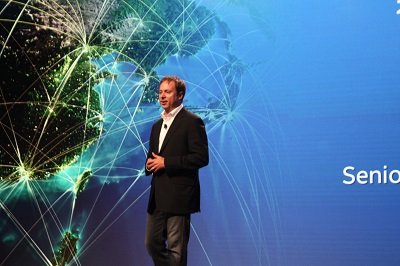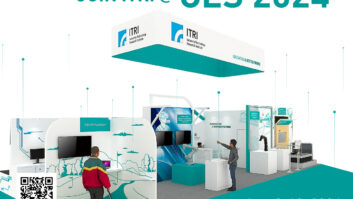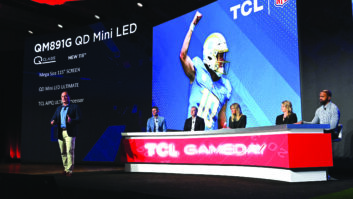
SHANGHAI, CHINA — Kirk Skaugen, senior VP at Intel, gave a compelling CES Asia keynote outlining a series of ambitious company goals aimed at changing the most basic ways users interact with technology.
Skaugen stressed the promise of future technology, driven by innovative Intel computing power solutions, that will eliminate everyday computing realities like the mouse and keyboard, cables and passwords, among others, but that was just the beginning.
Here are 10 ways, according to Skaugen, Intel’s innovation will improve our lives by 2020:
1.Voice and gestures will replace the mouse and keyboard. At the heart of this promise are Intel’s RealSense 3D camera modules, already being deployed in some computers and tablets, and Edison and Curie chipset modules, expected to be available widely over the next five years. The camera modules measure space in three dimensions, allowing for precise modeling, measurements and device control. The chipsets squeeze supercomputer-level processing power into smaller and smaller form factors (think a postage stamp and a button).
2.Your body will be your password. RealSense allows for devices that are unlocked by facial recognition and iris scanning. Basically, when you look at your device it detects and measures thousands of physical features unique to the user, and automatically unlocks the device, but only for you. No more cycling through the five or six different passwords the average computer user enters manually on a daily basis.
3. All your devices will charge wirelessly. Intel is a member of the A4WP consortium and is incorporating the Rezence magnetic resonance standard into Intel-powered devices. Since Rezence does not use traditional induction technology, there is no heat or wasted energy and devices do not have to be precisely placed on a charging pad, just placed anywhere on a flat surface. Partners such as DuPont, Hilton, Land Rover and Jaguar are deploying Rezence-based charging into everyday surfaces such as countertops, desktops and car consoles.
4. No more cables, period. Wireless charging, content streaming and instant gesture-based data transfers between devices are all technologies already available. As more smart devices deploy Intel’s new computing modules, cables will gradually be made obsolete. The world’s landfills are breathing a sigh of relief.
5.All your stuff will be intelligent. Skaugen showed off a smart vase that displays atmospheric data such as weather, time and air quality, and a smart coffee mug that can receive and send text messages. Both were powered by Intel’s Edison module. Skaugen predicted there would be 50 billion connected devices worldwide by 2020.
6.Your clothes will fit perfectly. RealSense allows for precise 3D measurements that can be used to produce perfectly customized clothing. A user, or a retailer, can use a tablet to scan the customer’s body and send exact specs to the manufacturer. If you’re like me and one foot is a half size larger than the other, no more blisters!
7.Retailers’ back-end costs will be reduced. RealSense scanning in a distribution center allows for precise packaging measurements to eliminate material waste, efficient modeling of shipping configurations to optimize palletizing and shipping container space, and more accurate inventory control.
8.No more identity theft. Facial recognition and iris scanning can make every retail transaction, whether online or in-store, virtually fraudproof. Retailers will save money on expensive data encryption and security measures and consumers will be spared the hassle and expense of credit card fraud.
9.Brick and mortar retailing will become a more pleasant experience. Skaugen introduced Shikai Chen, the founder and CEO of Intel partner Slamtec, which produces intelligent personal assistance robots that can be deployed on retail selling floors. The robots have large touchscreens that allow customers to search for a product, research its specs, compare it with similar models, compare prices and then follow the robot to the exact location of the item in the store and complete the purchase.
10.Drones will save lives. Skaugen looked beyond the novelty of toy drones to the real promise of unmanned aircraft capable of selfnavigating from point A to point B through the use of RealSense technology. Drones can be used to deliver vital emergency response supplies such as medicine or a defibrillator ahead of the arrival of an emergency vehicle navigating through traffic. They can also be used to deliver life-saving emergency rations to remote locations rendered unreachable by natural disaster or weather.













